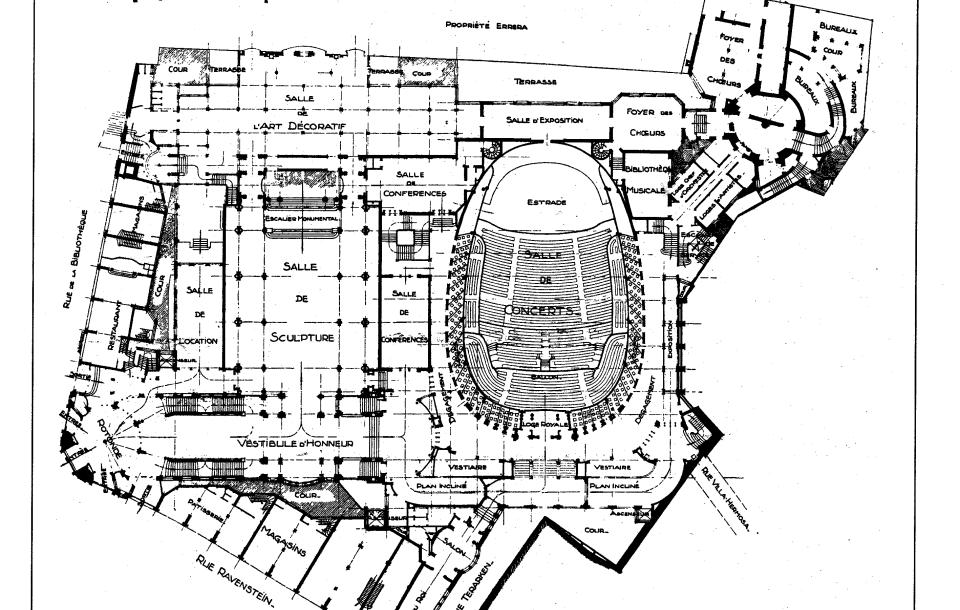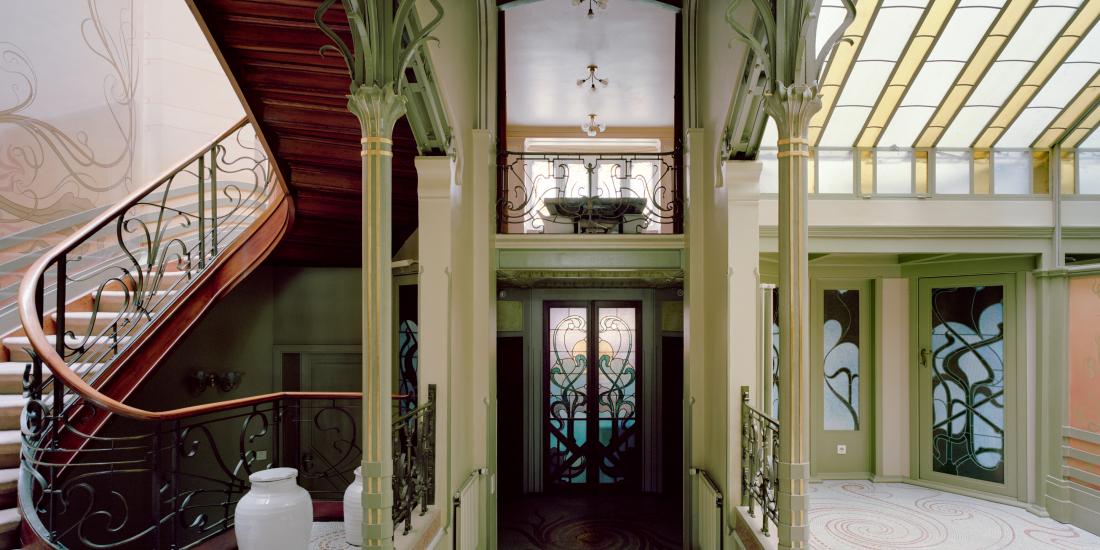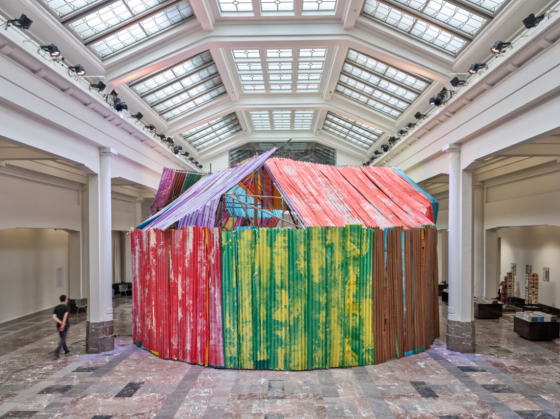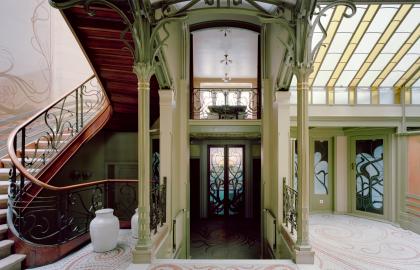Visit the exhibition Victor Horta and the grammar of Art Nouveau until 14 January 2024 and immerse yourself in the life and work of this illustrious Belgian.
15 experts give their opinion on the architect's masterly oeuvre:
ANIEL GUXHOLLI
Lecturer in the History of Architecture and the Preservation of Urban Heritage. McGill University
Guxholli describes how various parts of the Tassel House, Horta's third mansion in Brussels, changed the course of architectural history and also marked the birth of Art Nouveau.
FRANCOISE AUBRY
Honorary curator at the Horta Museum
During the Art Nouveau period, architects went beyond the mere construction of buildings. The artistic aspect was inextricably linked to architecture, and this is reflected in the complex working methods Horta used to realise his creations.
DEBORA SILVERMAN
Professor of History and Art History at UCLA
Horta's membership in Les Amis Philanthropes, a Masonic lodge in Brussels, not only brought him into close contact with Belgium's progressive and liberal elite but also served as a springboard for his future career.
WERNER ADRIAENSSENS
Curator of 20th Century Collections, Royal Museums of Art and History
Horta accommodated his client's wishes and designed a portrait, so to speak, that represented the functional requirements of the building.
JOS VANDERBREEDEN
Architect and Honorary Professor at Saint Lucas, Brussels/Ghent
Vanderbreeden explains that the Palace of Fine Arts is a collection of all the elements Horta acquired during his career. The Hotel Aubecq is also composed of elements that embody Horta's work.
BENJAMIN ZURSTRASSEN
Curator of the Horta Museum
Horta was inspired by the monumentality of the Palace of Justice and incorporated several of its features into his design of the Sculpture Gallery in the Palace of Fine Arts.
MICHEL PROVOST
Civil Engineer, Guest Lecturer at ULB
Provost describes how Horta responded to complex structural issues and created solutions that were architectural masterpieces.
VALERIE MONTENS
Curator of European Ceramics and Glassware Collections, Royal Museums of Art and History
The relationship between Horta and the Solvay family became more intimate towards the end of the 19th century. During this period, Horta was a member of Les Amis Philanthropes, where he also made contact with other industrialists who would bombard him with new commissions.
KENNETH BERTRAMS
Professor of Contemporary History, ULB
In the mid-19th century, Ernest Solvay consolidated his position as head of the Solvay empire and continued to shape industrial capitalism in Belgium.
DEBORA SILVERMAN
Professor of History and Art History at UCLA
Van Eetvelde's geopolitical policy in the Congo Free State was emulated by Horta during the construction of his new home. Horta created a central, open space in the middle of the house and incorporated various elements from the Congo Free State to further enhance this effect.
ANIEL GUXHOLLI
Lecturer in the History of Architecture and the Preservation of Urban Heritage. McGill University
Horta's various works show how the architect played with nature in relation to the purpose of the house. This coherence varied from design to design, but was always present.
DEBORA SILVERMAN
Professor of History and Art History at UCLA
For the 1900 Paris Exposition, Horta was commissioned to build a gigantic pavilion to bring the Congo Free State to the general public's attention. But rapidly spreading news of atrocities in the Congo derailed the project, and the pavilion was never built.
CAMILLE PAGET
Scientific Assistant at the Horta Museum
There are several hypotheses as to why the construction of the Congo Pavilion was abandoned. However, the exact reason remains unclear.
DIRK VAN DE VIJVER
Senior Lecturer in History of Architecture 1750-1950, University of Utrecht
Drawing on three influential books, Van de Vijver explains the authors' views on Horta's work.
BENJAMIN ZURSTRASSEN
Curator at the Horta Museum
A pioneer of the Art Nouveau movement, Horta inextricably linked decoration and architecture. His individualistic drive to create something new through creativity made him one of the greats of Art Nouveau. However, some of his contemporaries considered him to be no more than an excellent set designer.



